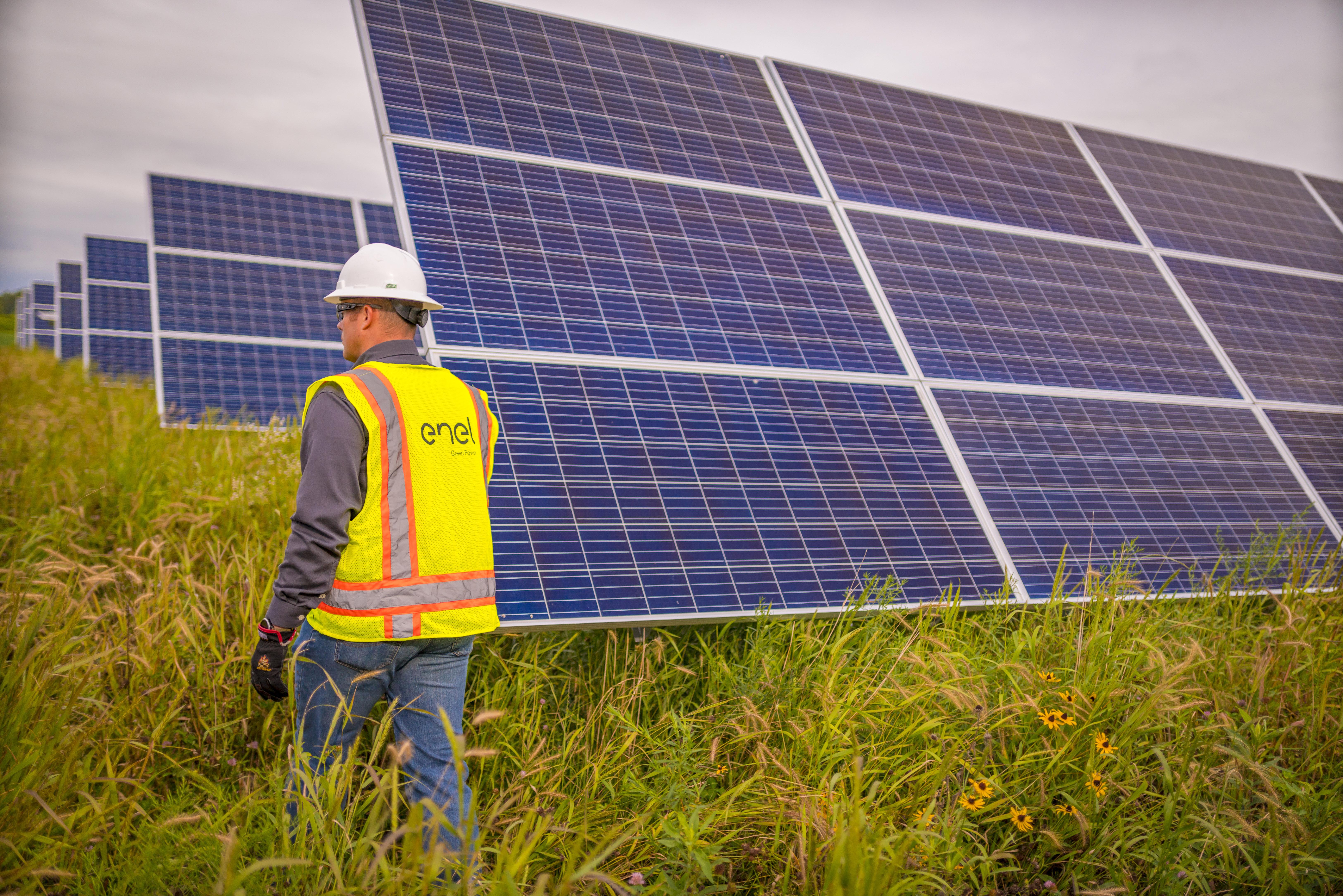The Emerging Trends in Solar Energy Financing and Investment

Emerging trends in solar energy financing and investment reflect evolving market dynamics, technological innovations, policy developments, and investor preferences that shape the growth and maturation of the solar industry. Some notable emerging trends in solar energy financing and investment include:
Solar Asset Securitization: Solar asset securitization involves bundling solar project cash flows into tradable securities, such as bonds or asset-backed securities (ABS), which are then sold to investors to raise capital for solar project development. Securitization enables solar developers to access long-term financing, diversify funding sources, and transfer project risks to investors, while providing investors with stable returns and exposure to solar assets.
Green Bonds and Sustainable Financing: Green bonds, sustainability-linked loans, and other forms of sustainable financing are increasingly used to fund solar energy projects and renewable energy infrastructure investments. Green bonds raise capital for environmentally sustainable projects, including solar installations, by attracting socially responsible investors seeking to achieve positive environmental impact and financial returns.
Solar Project Financing Platforms: Online crowdfunding platforms, peer-to-peer lending platforms, and digital investment marketplaces enable individuals, communities, and institutional investors to finance solar projects directly, bypassing traditional financial intermediaries. Solar project financing platforms democratize access to solar investments, facilitate capital deployment, and engage stakeholders in supporting local solar initiatives.
Corporate Solar Procurement: Corporations, businesses, and institutions are increasingly procuring solar energy through power purchase agreements (PPAs), solar leases, and virtual power purchase agreements (VPPAs) to meet sustainability goals, reduce energy costs, and hedge against future electricity price volatility. Corporate solar procurement drives demand for large-scale solar projects, accelerates market growth, and fosters partnerships between solar developers and commercial off-takers.
Solar Yieldcos and Infrastructure Funds: Solar yieldcos and infrastructure funds invest in portfolios of solar assets, such as solar farms, rooftop solar installations, and solar storage projects, to generate steady cash flows and dividends for investors. Yieldcos, which are publicly traded entities, and infrastructure funds, which are managed by investment firms, provide investors with exposure to diversified solar portfolios and stable returns from long-term asset ownership.
Community Solar Financing Models: Community solar financing models, such as community solar subscriptions, community solar bonds, and community solar investment funds, enable individuals, households, and communities to collectively invest in and benefit from shared solar installations. Community solar projects expand access to solar energy for renters, low-income households, and underserved communities, while fostering community engagement, ownership, and empowerment.
Impact Investing and ESG Integration: Impact investors, socially responsible investors, and environmental, social, and governance (ESG) funds allocate capital to solar energy projects and renewable energy ventures that generate positive social and environmental impact alongside financial returns. Impact investing principles and ESG criteria guide investment decisions, promote sustainable development goals, and align investor values with solar energy financing and investment opportunities.
Innovative Financing Instruments: Financial innovations, such as solar leasing, power purchase agreements (PPAs), on-bill financing, energy efficiency mortgages, and green bonds with performance-based incentives, help overcome barriers to solar adoption, reduce upfront costs, and improve affordability for residential, commercial, and industrial customers. Innovative financing instruments increase access to solar financing, stimulate market demand, and drive investment in distributed solar energy solutions.
These emerging trends in solar energy financing and investment demonstrate the evolving landscape of solar finance, characterized by diverse funding mechanisms, innovative business models, and increased capital deployment across the solar value chain. As solar energy continues to scale globally and integrate into mainstream financial markets, new opportunities for investment, collaboration, and innovation are expected to shape the future of the solar industry and accelerate the transition to a clean energy economy.
Thank you,